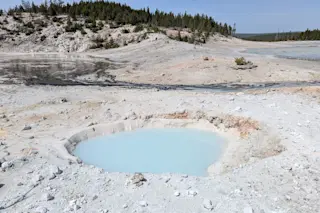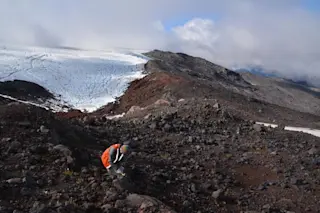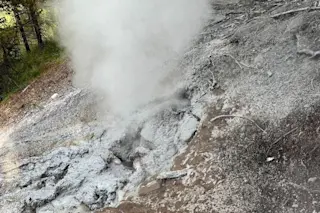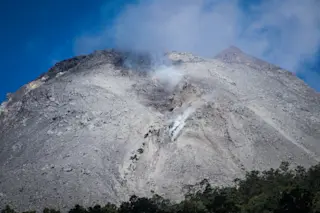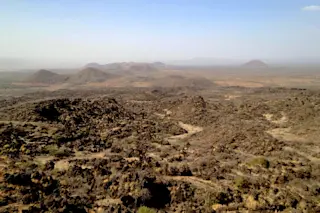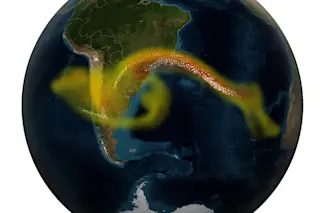Faults are breaks in the earth’s crust where adjacent sections, or plates, have moved relative to each other. When a lot of slippage happens all at once, the result is a major earthquake, like the one that struck Haiti in January along the Enriquillo-Plantain Garden Fault, which runs in an east/west direction across the Caribbean. North of that fault a piece of crust called the Gonave Platelet is advancing westward, while the Caribbean Plate south of the fault is grinding to the east at a rate of about one-third inch per year. This side-by-side motion defines what is known as a strike-slip fault. (The Yushu earthquake in Tibet on April 13 was also the result of strike-slip movement, but the huge Chilean earthquake in February was instead a subduction event, where one plate slips under another.)
California’s San Andreas Fault, shown here, is probably the most-studied fault in the world. ...



